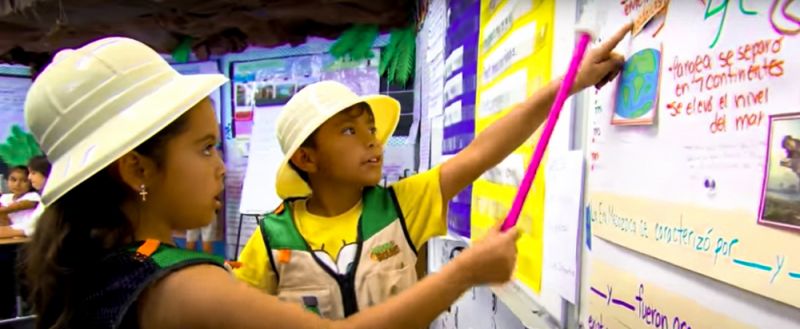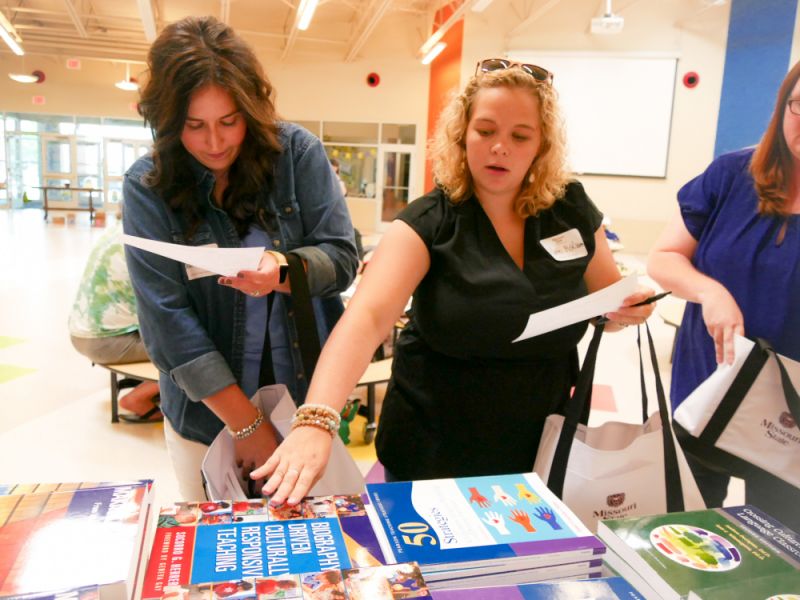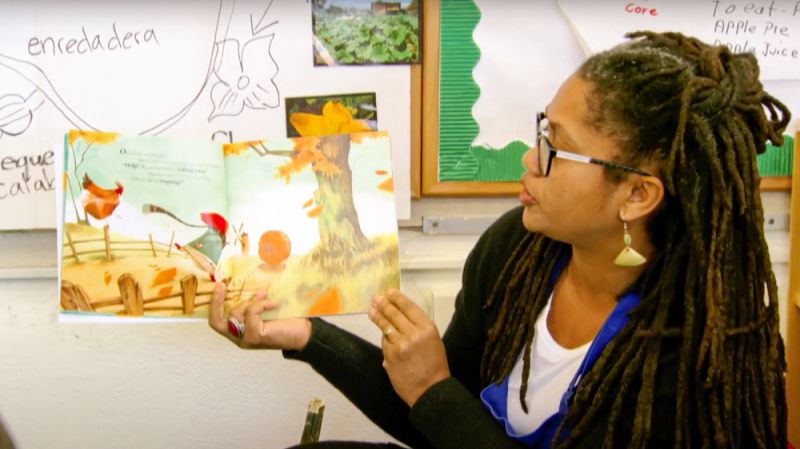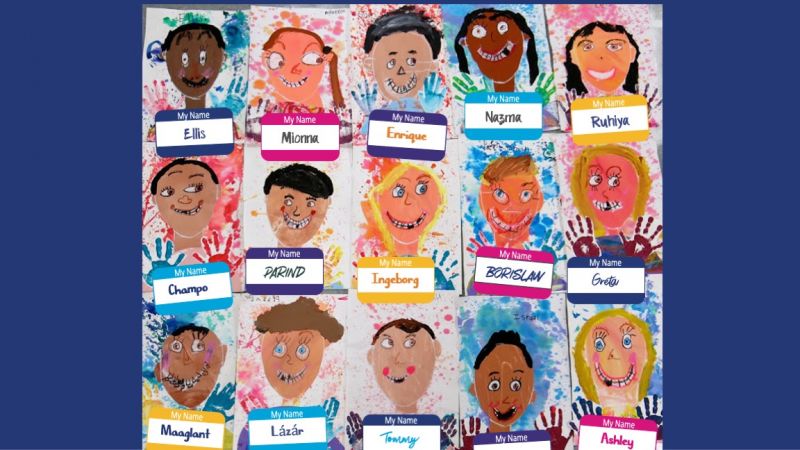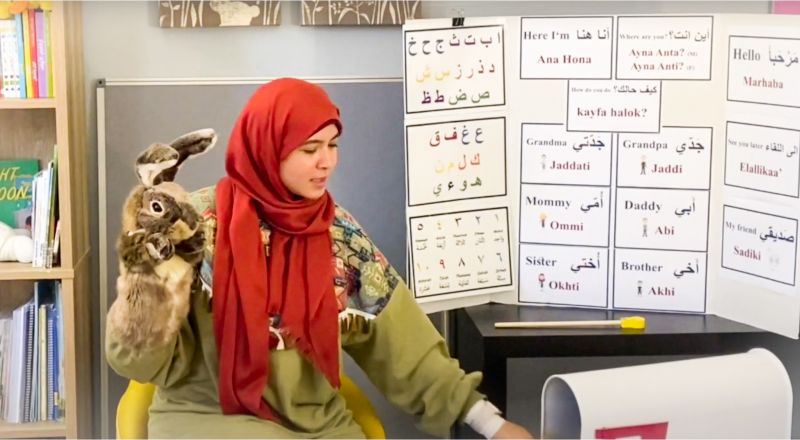The Show Me Multiliteracy project disseminates best practices to school teams and develops educators’ capacity to support emerging multilingual students’ literacy development in both English and in their home languages.
Project priorities
The priorities of the Show Me Multiliteracy project introduce an excellent opportunity:
- To promote the development of new program curricula,
- To engage family and community engagement with multilingual families,
- And to develop effective practices that build on students’ background knowledge, enrich their home literacies, and affirm their identity as capable, developing multilinguals.
Project methods
The Show Me Multiliteracy project has a three-prong approach to accomplish its goals:
Goal 1. Demonstration projects by 100 educators.
One hundred in-service teachers carry out demonstration projects and disseminate the blueprint of sustainable activities with multilingual students and their families.
Goal 2. Collaboration in 22 schools.
Twenty-two school-based teams engage in a year-long professional development to conduct self-study and improve their services to multilingual students and families.
Goal 3. Scholarships for 50 teachers.
Fifty in-service teachers become highly qualified leaders for multilingual students by earning the Missouri K-12 ELL endorsement in a customized standards-based TESOL program at Missouri State University.

